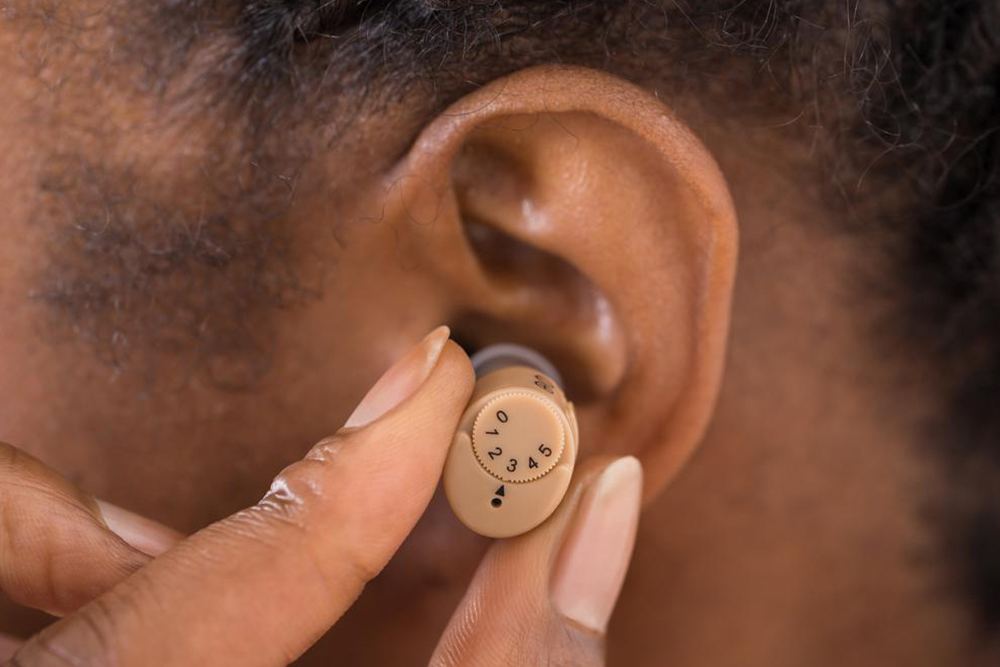Comprehensive Guide to Hearing Aid Pricing: Factors, Costs, and Buying Tips
This comprehensive guide explores the main factors affecting hearing aid prices, including brand reputation, design, technology, and more. It offers practical tips for finding affordable yet effective hearing aids tailored to individual needs and budgets, emphasizing the importance of professional advice and thorough research to make informed purchasing decisions.

Comprehensive Guide to Hearing Aid Pricing: Factors, Costs, and Buying Tips
Hearing aids are vital devices that significantly enhance the quality of life for individuals experiencing hearing loss across all age groups. These devices help improve communication, social interactions, and overall well-being. Despite their importance, the high costs associated with hearing aids can often act as a barrier for many potential users. This raises an essential question: how do you find an affordable hearing aid that still meets your needs? Understanding what influences hearing aid prices is crucial in making an informed decision. Moreover, discerning whether investing in a more expensive model truly offers additional benefits can save you money while ensuring you receive a device that effectively addresses your hearing requirements.
Hearing aid prices are influenced by numerous factors, ranging from brand reputation to technological features. Each element plays a pivotal role in the overall cost, and understanding these can help buyers prioritize what matters most for their lifestyle and budget. This comprehensive guide provides insights into the main factors affecting hearing aid pricing and offers practical tips to help you find a device that strikes the right balance between affordability and functionality.
Key Factors Influencing Hearing Aid Prices
1. Brand Reputation and Quality:
One of the most significant determinants of hearing aid cost is the brand behind the device. Renowned brands with a history of producing reliable and durable hearing aids often command higher prices. These brands tend to invest more in research and development, resulting in advanced features, longer-lasting components, and better customer service. Premium brands might also incorporate better design aesthetics and discreetness, adding to their appeal. Customers often pay a premium for perceived reliability and quality assurance. However, it’s important to evaluate whether the higher price directly correlates with better performance in your specific case or if a less expensive brand might meet your needs adequately.
2. Device Design and Size:
The physical design and size of a hearing aid significantly influence its price. Devices are available in multiple styles, including behind-the-ear (BTE), in-the-ear (ITE), in-the-canal (ITC), and completely-in-the-canal (CIC). Each design varies in complexity, manufacturing process, and aesthetics. Generally, smaller and more discreet models like CIC tend to have higher manufacturing costs due to their intricate design and miniaturization technology. Conversely, larger models such as BTE devices may be more straightforward to produce and repair, often resulting in a relatively lower price. Your choice of style should reflect your lifestyle, comfort preferences, and hearing needs, while also considering cost implications.
3. Advanced Technological Features:
Modern digital hearing aids are packed with innovative features that significantly impact their cost. Basic models provide core amplification functionalities, while premium devices include Bluetooth connectivity for wireless streaming from smartphones and other devices, data logging to monitor usage patterns, directional microphones for better speech understanding in noisy environments, and memory functions to store different listening programs. These advanced features greatly enhance user experience but also drive up the price. The more sophisticated the technology incorporated into a hearing aid, the higher its market value. When selecting a device, evaluate which features are essential for your daily activities and which can be omitted to reduce costs.
Strategies for Finding Affordable and Effective Hearing Aids
Your ideal hearing aid price depends largely on your specific hearing loss severity, lifestyle, and budget. To optimize your purchase, consider these practical tips:
Check Insurance Coverage: Before shopping, review your health insurance policy to see if it covers part of the hearing aid expenses. Coverage varies widely; some insurance plans offer partial reimbursement, while others may not cover hearing aids at all. Knowing your benefits can significantly reduce out-of-pocket costs.
Consult a Licensed Audiologist: An experienced audiologist can assess your hearing loss and recommend suitable styles and features tailored to your unique needs. Avoiding unnecessary advanced features can keep costs down. Plus, professional guidance ensures you get a device optimized for your environment and lifestyle.
Prioritize Basic Models for Core Needs: Remember that smaller or more discreet hearing aids are not always superior in performance. A basic yet reliable model that effectively addresses your hearing loss can be an affordable solution. Focus on features that genuinely improve your hearing and daily communication.
Explore Different Providers: Large retail chains often offer competitive pricing on premium hearing aids, especially when bundled with comprehensive services like fitting, ongoing maintenance, and warranties. Shop around, compare options, and consider both in-store and online vendors to find the best deal.
In conclusion, understanding the key factors influencing hearing aid prices empowers you to make informed choices. Whether you prioritize brand reputation, design, features, or affordability, thorough research and professional consultation are critical steps in acquiring a device that enhances your hearing experience without exceeding your budget. Investing in the right hearing aid is an investment in your quality of life, so take the time to evaluate your options carefully.





